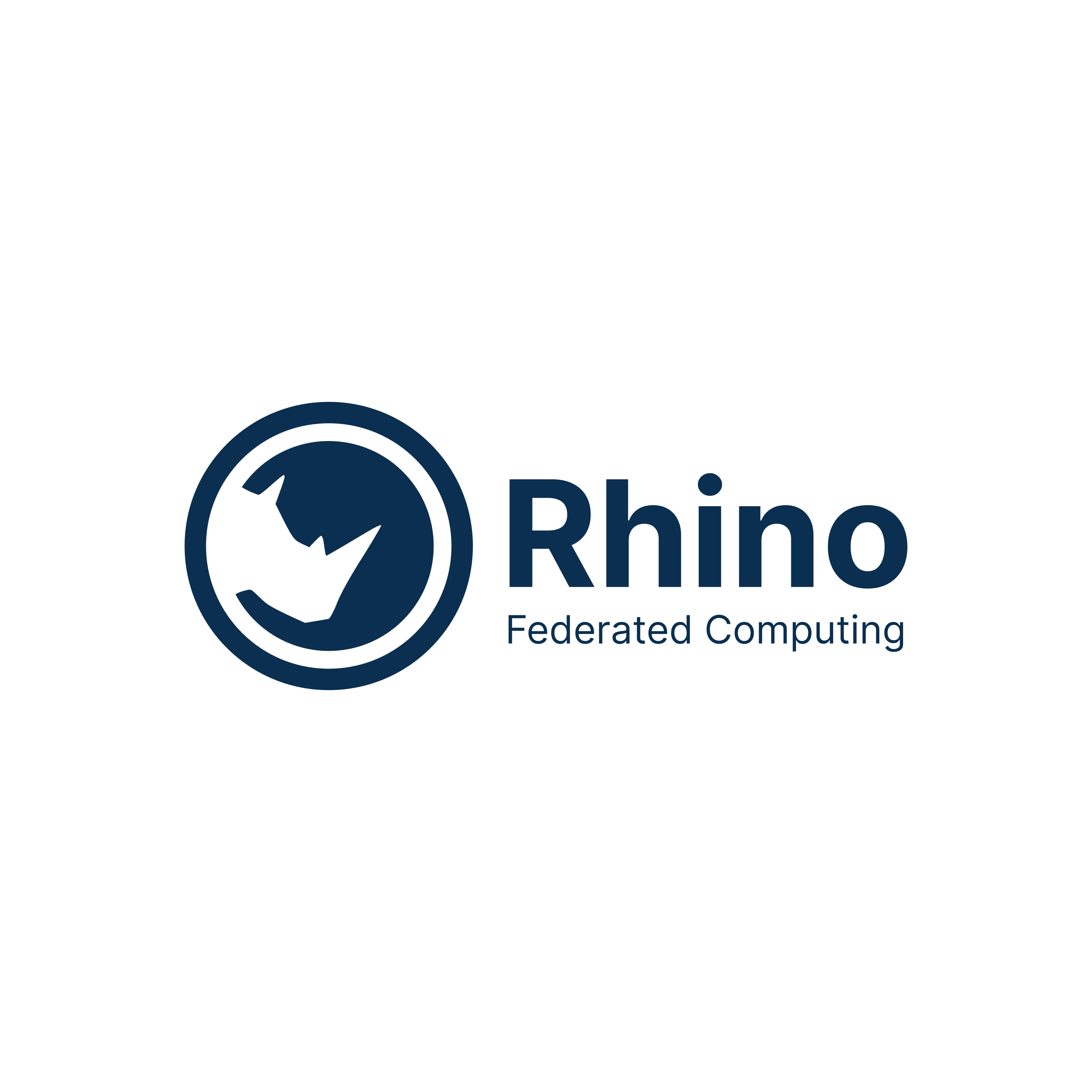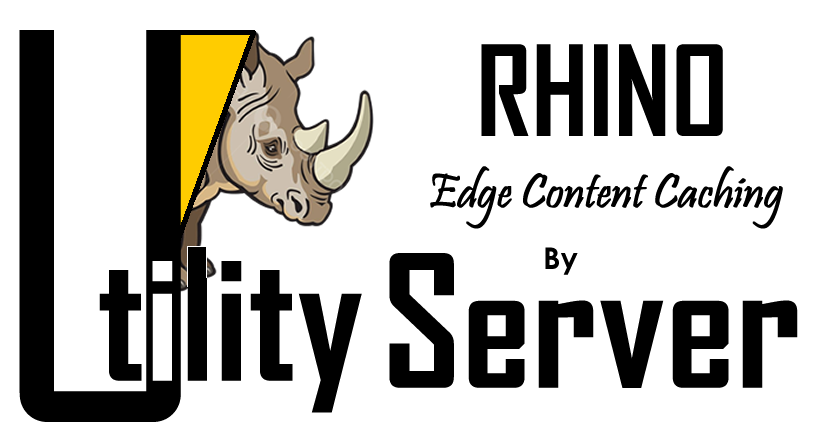
Overview
Rhino.ai is an AI-powered modernization platform that turns legacy black boxes into fully understood, agent-ready applications. It accelerates transformation, reduces costs, cuts technical debt and improves application quality by automating discovery, documentation and requirements generation with full traceability and flexibility.
Comprehensive Discovery & Documentation Rhino.ai rapidly analyzes and documents complex legacy enterprise applications--including SaaS, low-code and traditional codebases--to build complete visibility across your technology landscape. Its agentic AI extracts business logic automatically from existing code, documentation, databases and workflows, capturing hidden dependencies and inefficiencies. Rhino.ai analyzes legacy code bases, SaaS platforms, natural-language documentation and process manuals, giving you multi-perspective clarity. The platform extracts requirements, process flows and knowledge from technical specs, user manuals and process documents, and it tracks code structures, database schema and APIs across your portfolio.
Intelligent Documentation & Traceability Discovery results are organized into comprehensive deliverables that support multiple personas. Rhino.ai generates universal application documentation, user stories, test cases and process flowcharts, along with functional documentation, technical architecture mappings, business-rule extractions, modernization roadmaps and implementation-ready specifications. These artifacts are available in structured, machine-readable formats so both human teams and AI agents can consume them. Fine-grained extraction control and coverage statistics provide audit-level evidence that nothing was missed, and source-to-requirement linking delivers unparalleled trust and traceability.
Platform Architecture & Universal Application Notation At the heart of Rhino.ai is a three-phase platform architecture. In the Understand & Extract phase, AI scans code, documents, SaaS applications and rules to analyze existing systems and identify hidden logic, dependencies and inefficiencies. The Organize & Structure phase captures extracted insights in a structured repository known as Universal Application Notation (UAN). UAN standardizes business logic, giving users the power to refine existing logic before moving forward so they modernize instead of merely migrating. Finally, the Generate & Transform phase converts legacy workflows into scalable applications, supporting SaaS platforms like ServiceNow and Appian, open-source microservices and external agents. UAN outputs can produce both modern applications and comprehensive documentation.
Deployment & Control The Rhino.ai platform supports flexible deployment models: choose an enterprise-grade SaaS offering or install Rhino.ai in your self-managed environment and bring your own language model. Rhino.ai does not access your databases or any data in your environment; your data stays entirely under your control. You maintain control over security policies, compliance requirements and access controls. You can also use your preferred AI models (OpenAI, Azure OpenAI, Anthropic or your own fine-tuned models), and Rhino.ai comes with a full set of audit trails, citations, and other capabilities which provide full trust and transparency.
Human & AI-Ready Deliverables With Rhino.ai, you can update requirements or create new ones, produce user stories, test cases, ERDs and flow diagrams to accelerate implementation. Rhino.ai's documentation is ready for both human teams and AI agents. Development teams receive clear, implementation-ready documentation and detailed architecture diagrams for informed decision making. AI agents like AWS Kiro, Windsurf, Cursor, as well as low-code platform agents like Appian Composer, ServiceNow Now Creator, and Outsystems Mentor can immediately consume the Rhino.ai output to power the generation of the new, modernized application.
Flexible Output & Agentic Transformation Beyond documentation, Rhino.ai offers multiple modernization paths. It can transform legacy code and SaaS apps to modern microservices or SaaS architectures with minimal disruption. Its automated code and SaaS analysis modernizes to modern microservices or SaaS architecture and converts applications to be AI-ready. Rhino.ai also supports replacing outdated processes with agents through agentic workflows, process automation and human-agent collaboration. Rhino.ai gives organizations a secure, flexible and comprehensive modernization platform--delivering faster modernization, lower costs, reduced technical debt and higher-quality applications through automated discovery, documentation and requirements generation with full traceability and flexibility.
Highlights
- Extracts detailed functional and technical understanding from the widest variety of legacy code and low-code platforms on the market
- Generate comprehensive documents with flexible options for structure, detail, tone and more so you can tailor your results to executive, analyst, or technical audiences
- Update requirements or create new ones, produce user stories, test cases, ERDs, and flow diagrams to accelerate implementation of your reimagined application
Details
Introducing multi-product solutions
You can now purchase comprehensive solutions tailored to use cases and industries.

Features and programs
Financing for AWS Marketplace purchases

Pricing
Vendor refund policy
Please contact support@rhino.ai
How can we make this page better?

Legal
Vendor terms and conditions
Content disclaimer
Delivery details
Helm Chart
- Amazon EKS
- Amazon EKS Anywhere
Helm chart
Helm charts are Kubernetes YAML manifests combined into a single package that can be installed on Kubernetes clusters. The containerized application is deployed on a cluster by running a single Helm install command to install the seller-provided Helm chart.
Version release notes
Release 1.42.0 empowers teams with smarter document workflows, more intuitive domain management, and higher extraction precision, ensuring every project runs with greater transparency, efficiency, and reliability.
Key Highlights
- Document Editing & Generation Enhancements (Feature-Flagged for Internal Use Only) Refined the document editing experience with new tools for easier customization and content precision:
Click-to-Edit Text: Modify sections directly without switching views.
Refine and Reset Options: Single-shot refinement prompts and one-click resets for section-level control.
Verbosity Edits: Each section now retains its configured verbosity and type for consistent outputs and a user can change the verbosity per section between options of concise, moderate, and thorough.
Improved Templates & Fonts: Finalized document templates now feature optimized typography and enhanced visual structure.
PDF Export for Stories: Users can now export User Stories and Appian Composer Stories directly to PDF.
Upgraded visual consistency by removing legacy fonts (Helvetica Neue) and applying the finalized document theme across all screens.
- Extraction & Workflow Enhancements Expanded FileNet and JBPM extraction coverage and validation, with additional source elements, references, and benchmarks
Allowing domain-driven extractions with audit tracking and completeness reporting via UABenchmark.
Improved JBPM accuracy with refined prompt alignment and benchmarking validation.
Improved benchmark reporting with new node citation tracking, better evaluator matching, and performance optimizations.
- Extraction Experience (Feature-Flagged for Internal Use Only) Users now have full control over domain creation, editing, and deletion, including updates to domain names and descriptions. Domains are displayed in a modern card layout grid for quick reference and improved organization.
Introduced a new Assets UI for loading and displaying asset information with enhanced visibility and responsiveness.
- Quality, Security & Stability Resolved key issues related to domain filters, JBPM citations, markdown formatting, and table exports in UADv2.
Addressed minor extraction issues, including MSSQL primary key coverage and workflow ID consistency.
Closed critical security vulnerabilities.
Added Claude Lite LLM 4 Sonnet validation and dependency updates for stronger model consistency.
- Streamlined deployment For self-managed customers, we have removed the extra proxy deployment/pod/service. The frontend deployment/pod/service can handle all HTTP traffic for the Rhino platform now, resulting in a smaller overall Kubernetes footprint.
Additional details
Usage instructions
- Obtain a license file (.lic), license keys, and generate-license-secret utility script from Rhino.
- Run the generate-license-secret script. Provide the file path, key value, and signature key value to the script. Script will generate a Kubernetes manifest for license secret.
- Deploy the generated manifest to your desired namespace: kubectl apply -f path/to/manifest.yaml -n <namespace>
- If you wish, deploy a DB password secret to your namespace and set global.postgresql.auth.existingSecret and related keys.
- Create Helm values file: a. Ensure that "licenseSecret" and "global.storageClass" are set to match your infrastructure b. Configure frontend.service parameters as desired (node port, load balancer) to expose the web application outside the cluster c. Configure "ai.llm" values to match your desired LLM connection (see LLM configuration appendix) d. Configure any optional values, if desired
- Deploy: helm install rhino -n <namespace> ...
LLM Configuration
Rhino supports connecting to AI models via OpenAI, Azure OpenAI, or LiteLLM proxy. API keys can be stored as Kubernetes secrets and provided to the installation. Below are sample configurations for each provider.
- OpenAI Configuration ai: llm: provider: openai model: "gpt-4.1" api_key: secretName: my-openai-secret key: key_in_secret_containing_api_key
Optional: Use base_url if you route OpenAI connection through a proxy.
- Azure OpenAI Configuration ai: llm: provider: azure model: "gpt-4.1" api_base: "https://your-resource.openai.azure.com " api_version: "2024-12-01-preview" engine: "deployment-name" api_key: secretName: my-azure-openai-secret key: key_in_secret_containing_api_key
Note: Parameters can be found when you click on your deployment in Azure Foundry portal, it will take you to a screen that shows the Python parameters.
- LiteLLM Proxy Configuration ai: llm: provider: litellm model: "claude-3-sonnet" base_url: "http://my-litellm-proxy.mycompany.com " proxy_model_name: "my-claude-model" # optional if not matching the value of model api_key: secretName: my-litellm-secret key: key_in_secret_containing_litellm_proxy_api_key
Currently supports claude-3-sonnet and claude-4-sonnet model types
OIDC Configuration
Rhino supports integration with external identity providers (IdPs) using OpenID Connect (OIDC). The following configuration is placed under the global.oauth section in your Helm values file.
global: oauth: issuerUrl: "https://your-idp.com/oauth2 " userIdClaim: email # or username, sub, etc. existingSecret: my-oidc-secret secretKeys: clientId: key_in_secret_holding_client_id clientSecret: key_in_secret_holding_client_secret
# Optional fields depending on your IdP: additionalScopes: "openid,email,profile,offline_access" urlParameters: example_key: "example-value" audience: "" # Only if required by your IdPissuerUrl: The base URL of your IdP's OIDC discovery endpoint (exclude .well-known) userIdClaim: The claim to use as a unique user ID (e.g., email, username) existingSecret: Kubernetes secret that holds the client credentials clientId, clientSecret: Keys inside the Kubernetes secret
Optional Values additionalScopes: Needed for refresh token support (commonly includes offline_access) urlParameters: Custom query parameters required by some IdPs in the redirect URL audience: Some IdPs require this to match client/application IDs
Support
Vendor support
Email: support@rhino.ai Web:
AWS infrastructure support
AWS Support is a one-on-one, fast-response support channel that is staffed 24x7x365 with experienced and technical support engineers. The service helps customers of all sizes and technical abilities to successfully utilize the products and features provided by Amazon Web Services.
Similar products

